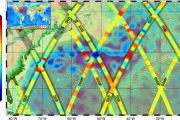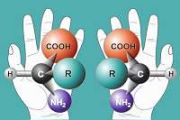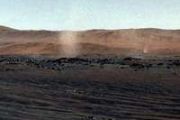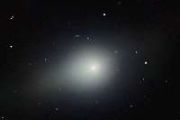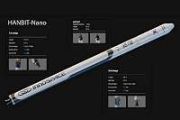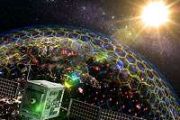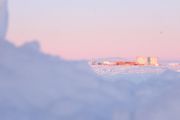
Copernical Team
On the up and up, the view just keeps getting better: Sols 3953-3954
 Earth planning date: Monday, September 18, 2023: Coming in to planning today, we were greeted with another spectacular view back down Mt. Sharp and the distant crater rim visible through the haze (see the image). I am the TUL (Tactical Uplink Lead) today, but my trainee Kathryn is doing most of the work. We are continuing to drive southeast toward our next drilling location. In addition to conta
Earth planning date: Monday, September 18, 2023: Coming in to planning today, we were greeted with another spectacular view back down Mt. Sharp and the distant crater rim visible through the haze (see the image). I am the TUL (Tactical Uplink Lead) today, but my trainee Kathryn is doing most of the work. We are continuing to drive southeast toward our next drilling location. In addition to conta New milestones despite tricky boulders
 For the past couple of planning sols, Perseverance has been working on a complex navigation out of a boulder field on one of the lobes on top of the fan. The engineering team planned specific maneuvers and utilized Perseverance's autonomous navigation capabilities to navigate around and eventually out of the boulder field.
This drive took Perseverance to Mandu Wall, part of the margin carb
For the past couple of planning sols, Perseverance has been working on a complex navigation out of a boulder field on one of the lobes on top of the fan. The engineering team planned specific maneuvers and utilized Perseverance's autonomous navigation capabilities to navigate around and eventually out of the boulder field.
This drive took Perseverance to Mandu Wall, part of the margin carb Third Subscale Booster for future Artemis missions fires up at Marshall
 Engineers at NASA's Marshall Space Flight Center in Huntsville, Alabama, conducted a hot fire of a 24-inch subscale solid rocket motor Sept. 14. The test, conducted in Marshall's East Test Area, produced more than 82,000 pounds of thrust and was part of an ongoing series of developmental tests for an upgraded booster design for future configurations of NASA's SLS (Space Launch System) rocket.
Engineers at NASA's Marshall Space Flight Center in Huntsville, Alabama, conducted a hot fire of a 24-inch subscale solid rocket motor Sept. 14. The test, conducted in Marshall's East Test Area, produced more than 82,000 pounds of thrust and was part of an ongoing series of developmental tests for an upgraded booster design for future configurations of NASA's SLS (Space Launch System) rocket. Parker observes powerful coronal mass ejection 'vacuum up' interplanetary dust
 On Sept. 5, 2022, NASA's Parker Solar Probe soared gracefully through one of the most powerful coronal mass ejections (CMEs) ever recorded - not only an impressive feat of engineering, but a huge boon for the scientific community. Parker's journey through the CME is helping to prove a 20-year-old theory about the interaction of CMEs with interplanetary dust, with implications for space weather p
On Sept. 5, 2022, NASA's Parker Solar Probe soared gracefully through one of the most powerful coronal mass ejections (CMEs) ever recorded - not only an impressive feat of engineering, but a huge boon for the scientific community. Parker's journey through the CME is helping to prove a 20-year-old theory about the interaction of CMEs with interplanetary dust, with implications for space weather p China releases first image captured by new wide-field survey telescope
 A wide-field telescope capable of surveying the entire Northern Hemisphere sky was put into operation on Sunday in northwest China's Qinghai Province, and its first image - the Andromeda Galaxy, located over 2 million light-years away - has already been released.
Developed by the University of Science and Technology of China and the Purple Mountain Observatory under the Chinese Academy of
A wide-field telescope capable of surveying the entire Northern Hemisphere sky was put into operation on Sunday in northwest China's Qinghai Province, and its first image - the Andromeda Galaxy, located over 2 million light-years away - has already been released.
Developed by the University of Science and Technology of China and the Purple Mountain Observatory under the Chinese Academy of NASA Releases Independent Review's Mars Sample Return Report
 An Independent Review Board (IRB) looked at NASA's current plans and goals of the first mission to return samples from Mars, and NASA is establishing a team to respond.
In addition to bringing home the first sample collected from Mars, this highly complex mission would include the first launch from the surface of another planet, as well as the first in orbit rendezvous at another planet. M
An Independent Review Board (IRB) looked at NASA's current plans and goals of the first mission to return samples from Mars, and NASA is establishing a team to respond.
In addition to bringing home the first sample collected from Mars, this highly complex mission would include the first launch from the surface of another planet, as well as the first in orbit rendezvous at another planet. M New Mars gravity analysis improves understanding of possible ancient ocean
 The first use of a novel method of analyzing Mars' gravitational force supports the idea that the planet once had an extensive northern ocean. In doing so, the method defines the scope of what scientists refer to as the northern Martian paleo-ocean in more detail. The work was published in July in the journal Icarus, which is affiliated with the American Astronomical Society's Division for Plane
The first use of a novel method of analyzing Mars' gravitational force supports the idea that the planet once had an extensive northern ocean. In doing so, the method defines the scope of what scientists refer to as the northern Martian paleo-ocean in more detail. The work was published in July in the journal Icarus, which is affiliated with the American Astronomical Society's Division for Plane Autonomous systems help NASA's Perseverance do more science on Mars

A computer pilot helps NASA's six-wheeled geologist as it searches for rock samples that could be brought to Earth for deeper investigation.
In about a third of the time it would have taken other NASA Mars rovers, Perseverance recently navigated its way through a field of boulders more than 1,700 feet wide (about a half-kilometer).
NASA's Atmospheric Waves Experiment completes space environment tests
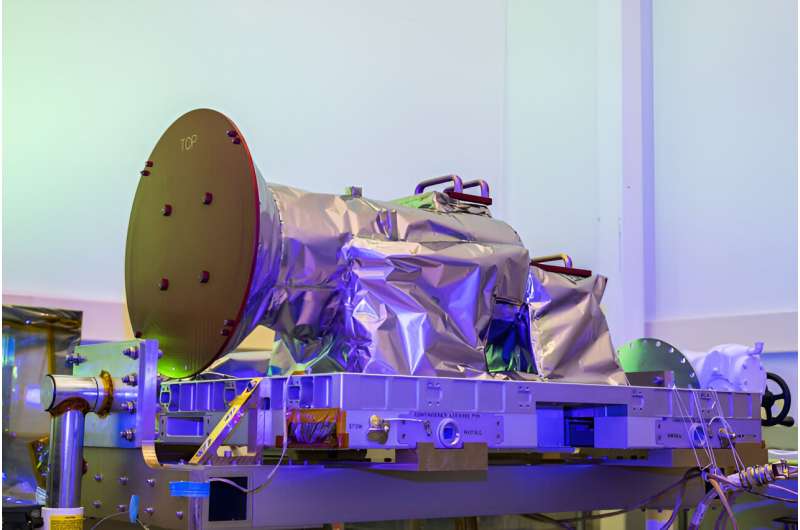
NASA's Atmospheric Waves Experiment (AWE) has successfully completed critical space environment tests. Planned for launch to the International Space Station in November 2023, AWE will study atmospheric gravity waves in Earth's atmosphere to help us better understand the connections between terrestrial weather and space.
"AWE is a highly sensitive, precise science instrument designed to be fitted on the International Space Station and operate in the harsh space environment," said Burt Lamborn, AWE project manager at Utah State University's Space Dynamics Laboratory (SDL), which is building the instrument for NASA. "To ensure that AWE will survive launch turbulence and operate as designed once in space, SDL put the instrument through its paces on the ground.
Researchers ready NASA's SPHEREX space telescope for 2025 launch
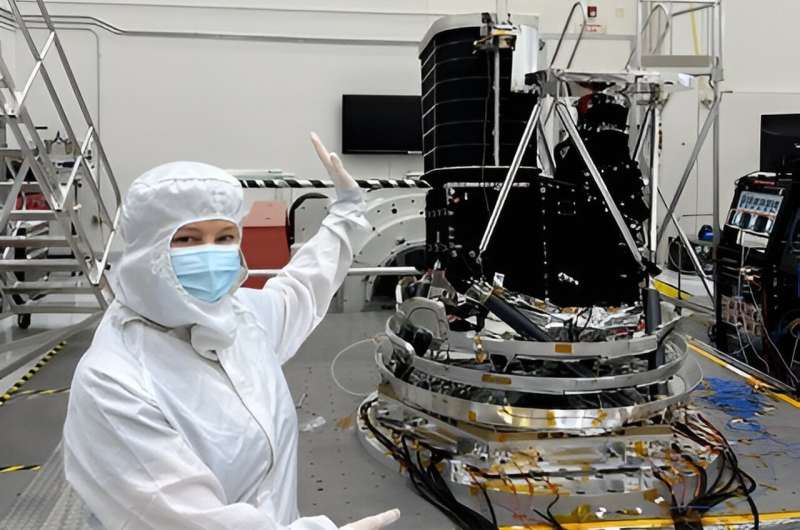
NASA's SPHEREx space telescope has been tucked inside a custom-built chamber on and off for the past two months undergoing tests to prepare it for its two-year mission in space. SPHEREx, which stands for Spectro-Photometer for the History of the universe, Epoch of Reionization and Ices Explorer, is set to launch into orbit around Earth no later than April 2025.
It will map the entire sky in infrared wavelengths of light, capturing not only images of hundreds of millions of stars and galaxies but spectra for these objects as well. Spectra are created by instruments that break apart light into a rainbow of wavelengths, revealing new details about a cosmic object's composition, distance, and more.



